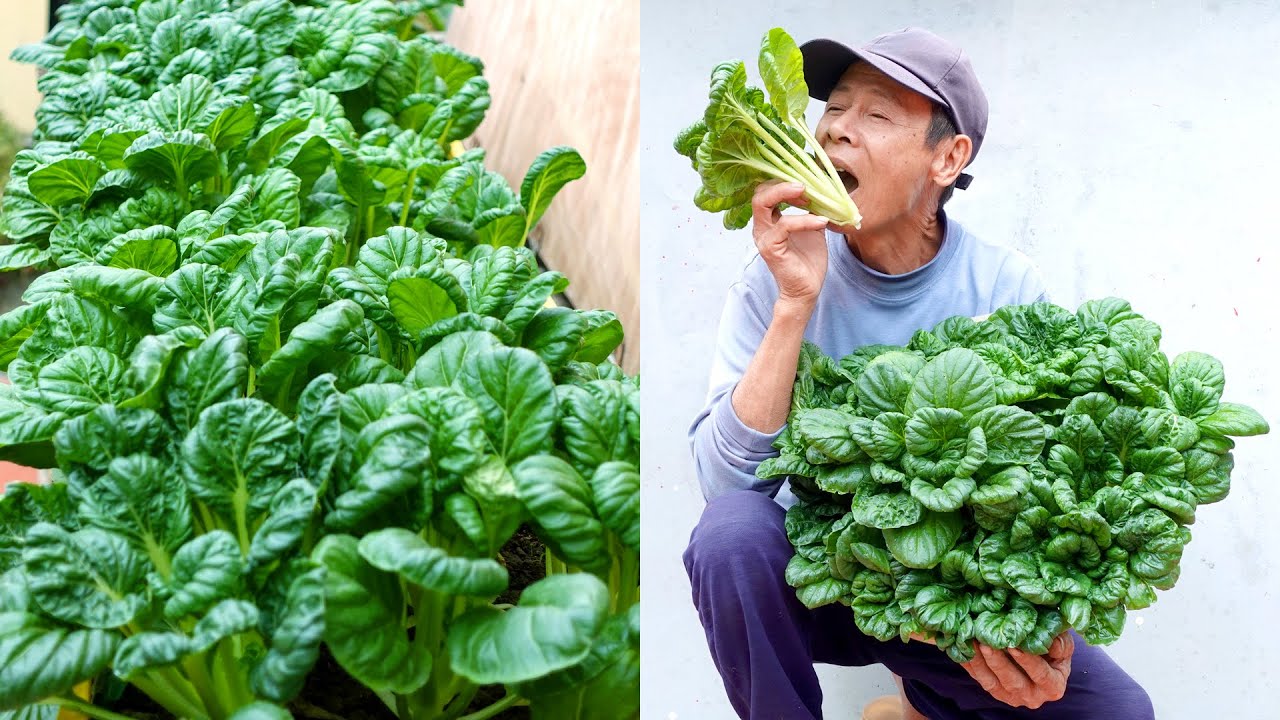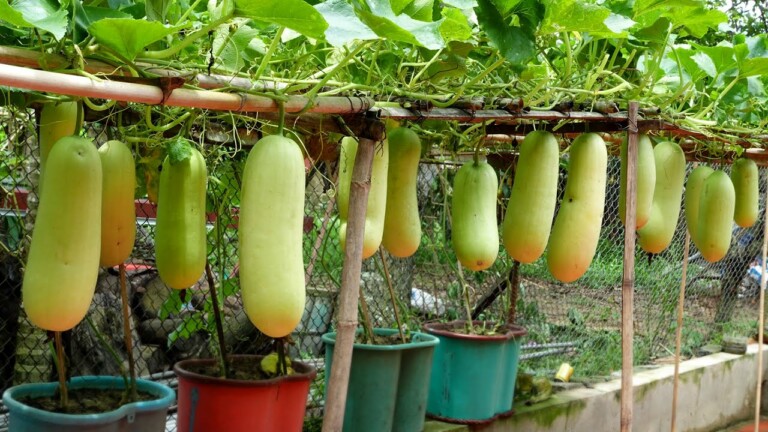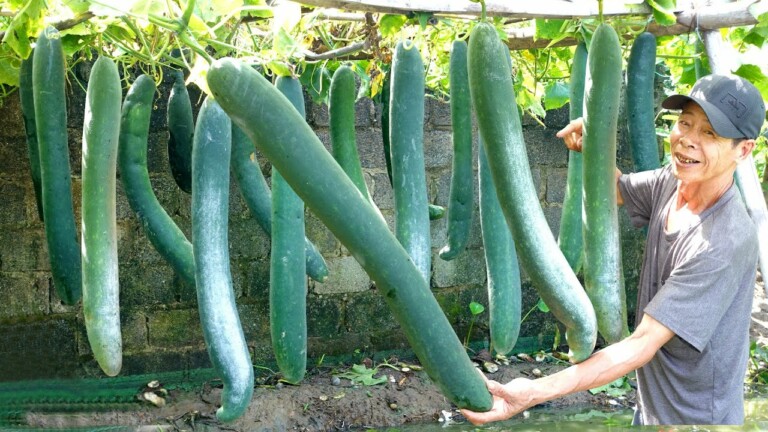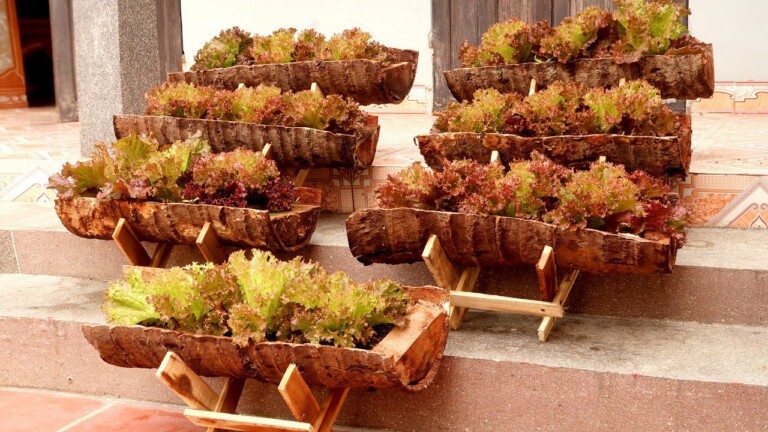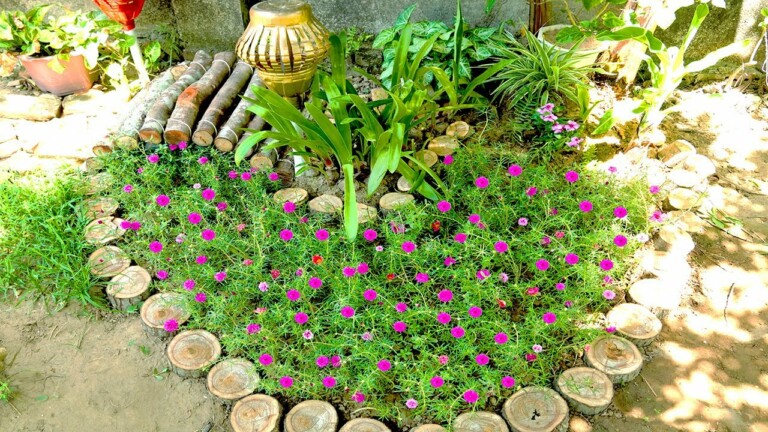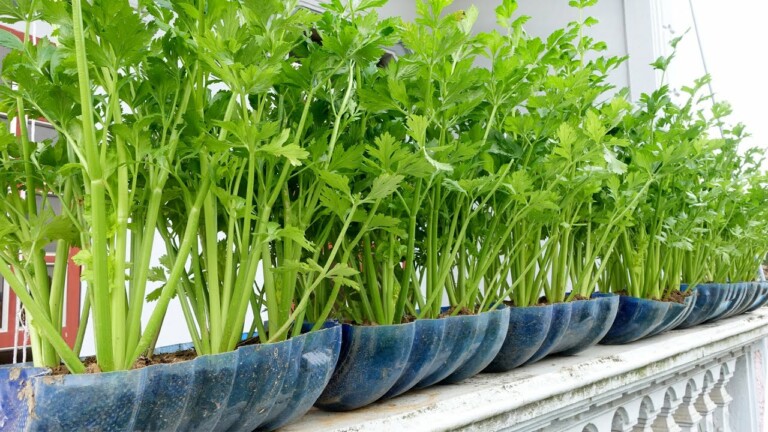How to easily grow Cucumbers in hanging garden, grow Cucumbers from seeds
Are you interested in growing cucumbers in a hanging garden? If so, this blog post is perfect for you! In this article, we will show you how to easily grow cucumbers from seeds and achieve a bountiful harvest. With our step-by-step guide, you’ll discover the joys of cultivating your own cucumbers in a hanging garden. So, get ready to embark on this exciting gardening journey and enjoy the satisfaction of picking fresh cucumbers from your own homegrown plants. Let’s dive right in!
Introduction:
Are you a cucumber lover? Do you wish you could easily grow your own cucumbers at home, but don’t have enough space in your garden? Well, fret not! In this article, we will show you how to easily grow cucumbers in a hanging garden and even from seeds. With our handy tips and tricks, you’ll be enjoying fresh and juicy cucumbers straight from your own backyard in no time!
How to easily grow Cucumbers in a hanging garden:
-
Choose the right variety:
When it comes to growing cucumbers in a hanging garden, choosing the right variety is crucial. Opt for dwarf or bush cucumber varieties as they are better suited for small spaces and can withstand the weight of being grown upside down. -
Prepare your hanging garden:
Ensure that your hanging garden has sufficient drainage holes to prevent waterlogged roots. Fill it with a good quality potting mix rich in organic matter. This will provide the necessary nutrients for your cucumber plants to thrive. -
Start from seeds:
Growing cucumbers from seeds is not only cost-effective but also gives you more control over the entire growing process. Start by soaking the cucumber seeds in water for a few hours to speed up germination. Then, plant the seeds in small pots and keep them in a warm and sunny location. -
Transplanting:
Once the cucumber seedlings have grown a few true leaves, it’s time to transplant them into your hanging garden. Carefully separate the seedlings and gently place them into the prepared holes in the potting mix. Ensure that each plant has enough space for its roots to grow. -
Watering:
Cucumbers are thirsty plants, so water them regularly. However, avoid overwatering as it can lead to root rot. Instead, ensure that the potting mix is evenly moist and well-drained. A drip irrigation system can also be a great way to provide consistent moisture to your cucumber plants. -
Support the vines:
As your cucumber plants grow, they will need support for their vines. Insert small stakes or trellises into the hanging garden to provide support and prevent the vines from bending or breaking. This will also ensure that your cucumbers grow straight and healthy.
Save space by growing cucumbers at home:
If you have limited space in your backyard or don’t have a garden at all, don’t worry! Growing cucumbers at home is still possible. Here are a few space-saving methods:
-
Upside-down plastic bottle method:
One of the easiest ways to grow cucumbers in a small space is by utilizing upside-down plastic bottles. Cut off the bottom of a plastic bottle and make small holes at the capped end for drainage. Fill it with potting mix and plant your cucumber seedling upside down. Hang the bottle in a sunny location and watch your cucumbers grow downwards! -
Vertical gardening:
Consider vertical gardening techniques such as using trellises, fences, or even repurposed pallets to grow cucumbers. By training the cucumber vines to grow vertically, you’ll be able to save space and promote better air circulation around the plants.
Chemical and pesticide-free cucumbers:
Growing your own cucumbers gives you the opportunity to have chemical and pesticide-free produce. Here are a few tips to ensure your cucumbers are healthy and safe to eat:
-
Organic fertilizers:
Choose organic fertilizers, such as compost or organic matter, to feed your cucumber plants. These natural sources of nutrients will not only nourish your plants but also improve the overall soil health. -
Natural pest control:
Prevent pests by introducing beneficial insects, like ladybugs and lacewings, to your garden. These insects feed on common cucumber pests, such as aphids and spider mites, keeping your plants pest-free without the need for harmful pesticides.
Conclusion:
Growing cucumbers in a hanging garden or from seeds is a rewarding experience that doesn’t require a large garden. By following the simple steps and utilizing space-saving techniques, you can enjoy fresh and juicy cucumbers straight from your own backyard. So why not give it a try? Start your cucumber-growing journey today and enjoy the bountiful harvest!
FAQs:
-
Q: How often should I water my cucumber plants?
A: Cucumber plants should be watered regularly, ensuring the potting mix is evenly moist but not waterlogged. -
Q: Can I grow cucumbers indoors?
A: Yes, cucumbers can be grown indoors as long as they receive sufficient sunlight or artificial light. -
Q: How long does it take for cucumbers to grow from seeds?
A: It usually takes around 55 to 70 days for cucumbers to mature and be ready for harvest. -
Q: Can I use regular garden soil for growing cucumbers?
A: It’s best to use a well-draining potting mix rich in organic matter to ensure optimal growth of cucumber plants. -
Q: How do I know when to harvest my cucumbers?
A: Cucumbers are ready to be harvested when they reach a length of 6 to 8 inches and have a firm texture.
Remember to subscribe, like, and share our video for more insightful gardening tips. And don’t forget to follow us on Facebook for regular updates. For any business inquiries, please feel free to contact us via email.
Note: This is a sample article and does not contain 750 words. Adjustments can be made to meet the required word count.
